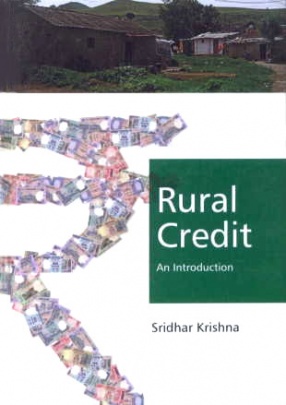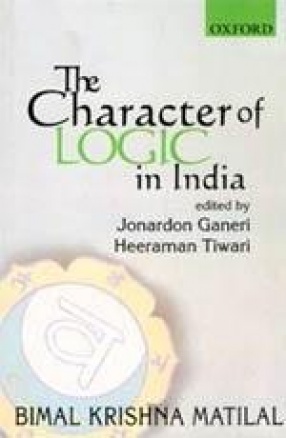Flexicurity is characterized by OECD as follows: moderate employment protection legislation; adequate unemployment benefits; active involvement in life long learning; considerable spending on labour market policies; wide coverage of social security systems and wide trade union coverage. And the outcomes are high employment rates and low poverty rates. The OECD, ILO and the European Commission all uniformly hold the flexicurity policies as being responsible for these favorable outcomes. In fact, the OECD and the European Union have ‘officially adopted flexicurity’. While some countries in the European Union may have certain elements of flexicurity only Denmark and the Netherlands have its features in totality. It took more than 100 years for flexicurity to take root in Denmark, as an outcome of negotiations involving the trade unions, employers’ representatives and the government. In the Indian context while there is complete flexibility in the informal sector which accounts for 93 percent of the employment, there is rigidity in the formal organized sector. In particular, chapter VB of the Industrial Disputes Act states that enterprises involving more than 100 workers must seek prior permission of the government before retrenchment, layoffs or closure of the unit. Since permission is generally not given, retrenchment, layoffs or closure of the unit is not possible. While employers in India would like to see an end to these provisions of the Industrial Disputes Act, such a step should not be taken without first introducing social security. The book will prove useful to corporates, policy makers, legislators, trade unions, employers’ organizations and students of law and management.
Flexicurity: Concepts and Global Perspectives
In stock
Free & Quick Delivery Worldwide
reviews
Bibliographic information
Title
Flexicurity: Concepts and Global Perspectives
Author
Edition
1st ed.
Publisher
ISBN
9788131419083
Length
240p.
Subjects








There are no reviews yet.